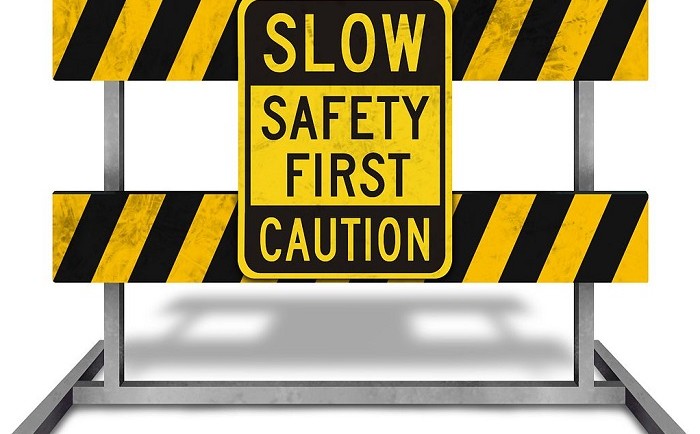You might think that this statistic is exaggerated but it isn’t, and it shouldn’t come as that much of a surprise. After all, there are always going to be more losers than winners. That’s just the way the market operates, and already you should be asking yourself an important question. Why do the majority of these online companies fail? Well, you’ll be happy to hear that we have the answers that you seek.
No Target, No Market
Who is your product or service aimed at? What businesses are interested in working with your company? If you can’t answer these questions immediately, you have no idea who your target market is, and that’s a problem. Essentially, it means that you can’t focus your marketing around a group of people who would be interested in buying your products. Don’t forget that certain groups act differently online. They will come on at certain times during the day, respond better to different types of promotional materials and react to marketing in various ways. You need to know everything about your target market because then you can offer them exactly what you’re looking for.
Cheap Costs, Low Performance
There are a few ways business owners try and cut down their online costs. One of the possibilities is to avoid web hosting. Web hosting does cost small amounts of money each month, that’s certainly true. But these aren’t the bills that are going to break the bank. In fact hosting your site is often priced to be incredibly valuable, particularly when you take the benefits into consideration. You’ll have a higher ranking, and you’ll be able to use your site in a variety of ways, adding plenty of data. But this isn’t the only way business owners save costs.
Rather than bothering to hire a marketer for their company, they instead try DIY marketing. DIY marketing is dangerous because it will usually lead you towards black hat marketing tactics like link stuffing. If your site is filled with links, you will see a slight instant rise in your ranking. But as soon as the Google spiders crawl across your site the ranking will drop. You won’t even be on page 10 of the SERPs. Sometimes it’s better to spend a little more and get a quality service.
Low Socializing, No Customers
Finally, you need to make sure that you are keeping your business social online. Make sure that you are providing customers with the possibility of interacting with your company online through networks such as Facebook and even Instagram. If your product or service is visually impressive, you should definitely be adding images to Instagram. This is an easy way to get shares and generate some interest in your company.
Remember, these days customers want to have access to everything, and they expect to be kept up to date and in the loop. It’s important that they don’t feel as though they are being neglected by your business. Or, that your company isn’t providing the updates that they need. If this happens, you can bet customers will look to other companies who always update users on the latest occurrences in their business.















